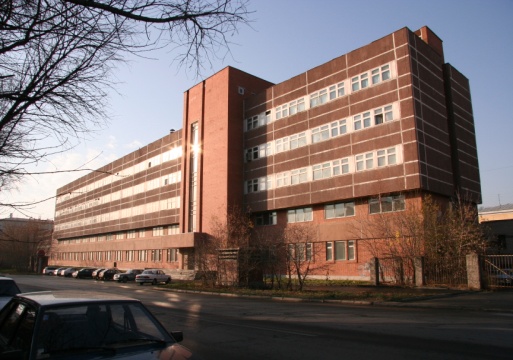俄罗斯科学院乌拉尔分院金属物理研究所
M.N. Mikheev Institute of Metal Physics of the Ural Branch of the Russian Academy of Sciences (IMP UB RAS) is the largest academic institute in the Ural Federal District and Russia’s research flagship in such fields as physics of magnetically ordered crystals and metallic nanostructures, material science, methods of nondestructive testing, radiation solid state physics, the theory of strongly correlated electron systems.
Scientific research activities of IMP accord with the following priority areas:
nanosystem industry;
energy efficiency, energy-saving, and nuclear technologies.
The list of critical technologies of the Institute includes:
computer-assisted simulation of nanomaterials, nanodevices and nanotechnologies;
technologies of microsystems and nanodevices;
technologies of new and renewable energy sources , including hydrogen economy;
technologies of obtaining and processing of engineered nanomaterials;
technologies of obtaining and processing of functional materials;
technologies of prevention and mitigation of emergency situations of natural and man-made disasters.
The Institute is a co-founder and base institution of such journals of the Russian Academy of Sciences as "The Physics of Metals and Metallography" and "Russian Journal of Nondestructive Testing", which are issued in Russian and English.
IMP in cooperation with the Ural Federal University named after B.N. Yeltsin (UrFU) established a scientific and educational center "The Higher Academic School of Metal Physics UrFU-IMP UB RAS".
The Institute of Metal Physics has all the necessary equipment to fabricate objects for investigation, expose materials and products to extreme treatments and study their physical properties. To efficiently use the unique equipment, IMP set up Collaborative Access Center "Testing Center of Nanotechnology and Advanced Materials".

IMP’s major research activities are:
1. Electronic structure, electron-electron interactions and physical properties of transition, rare-earth, and actinide metals, their alloys, and compounds, and low-dimensional semiconductor systems.
2. Magnetic structures, the spin transport and methods of directional modification of the physical properties of functional magnetic materials based on metallic and semiconductor heterostructures, intermetallics, and metal compounds in the crystalline, nanostructural, and amorphous states.
3. Physical principles of diagnostics of complex systems consisting of metallic materials and their products by means of electromagnetic and acoustic fields to provide technology-related and environmental safety.
4. Dislocation structures, phase transitions and physico-mechanical properties of steels and alloys of non-ferrous and precious metals, intermetallic compounds, and composites; development of advanced structural materials and their treatment methods for the needs of engineering and medicine.
5. Atomic structural transformations, nonlinear phenomena,and non-equilibrium processes in condensed matters under intense radiation, thermal, deformation, and shock impacts.
